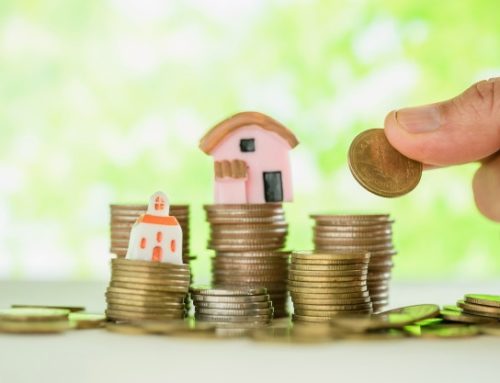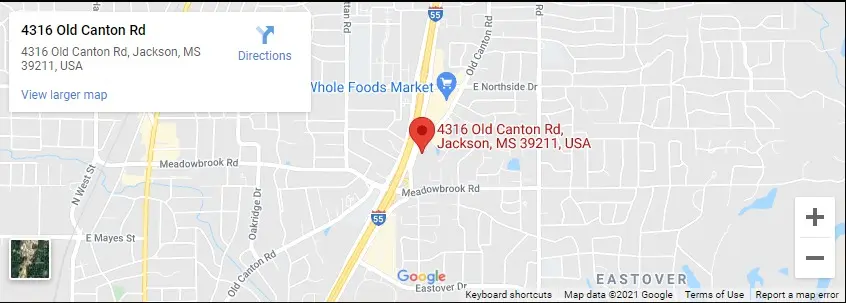Residents in Mississippi and other Gulf Coast states are facing a new foreclosure crisis, based not on bad mortgage deals made during the housing boom, but instead on rising insurance rates. After Hurricane Katrina, insurance costs in the Gulf Coast region have been steadily rising. With many of these insurance packages directly linked to mortgage payments, residents have seen a rise in their monthly loan costs, causing an increase in mortgage defaults.
According to housing advocates, the insurance premiums in the gulf area have increased dramatically, sometimes by as much as several hundreds of dollars a month. Even small increases have an effect, as one homeowner in a neighboring state says. With her housing costs up just $80 a month due to insurance increases, she sometimes has to make the choice between food and housing costs. With the increase she now pays $975 a month out of her $1,200 monthly Social Security payments.
The president of the Insurance Information Institute in New York disagrees that rising insurance costs are associated with a rise in foreclosures. He agrees that there is a foreclosure issue, but feels that the issues are related to the problem mortgages created during the housing boom. He insists that the rise in insurance costs is a natural result of a rise in insurance payouts, and a cost of homeownership. There have been no studies linking insurance costs to foreclosure rates.
Whether foreclosure is the result of a problem loan or a rise in insurance rates, those in Mississippi with financial challenges have a few options available. A Chapter 7 bankruptcy can possibly end foreclosure proceedings, liquidating assets to pay off debt while allowing a person to keep their home. If the financial issues are temporary, Chapter 13 reorganization might be a better solution, allowing homeowners to stall the foreclosure while they rearrange their finances to find methods of paying the debt owed.




Connect with Us